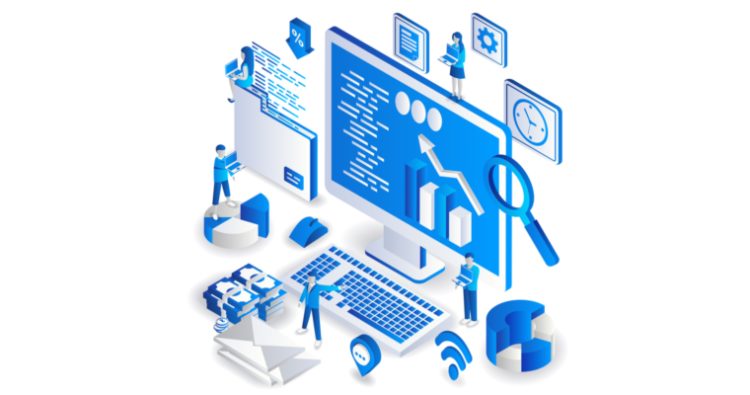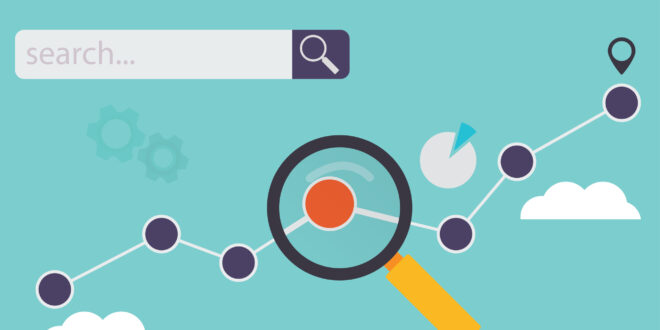In recent years, there has been a growing emphasis on increasing website speed. This has largely been in response to Google’s ranking algorithms, which factor in load times. This, in turn, has come about due to users tending to click away following ever-shortening wait times.
Where users may once have waited several seconds before moving on, today more than half move on if the wait is more than 3 seconds. Unfortunately, the average landing page load time was approximately 15 seconds in 2018.
Google has specifically stated to Marwick Marketing that they promote pages that provide a superior user experience, of which speed is a factor. Their algorithms analyze whether a page loading time works well for users with slow internet connections.
Clearly, optimizing for speed is important to your site’s success, but are you aware that there is more than one type of speed? In fact, here are 5 types that you should be optimizing.
Speed for Mobile Devices

A shift has occurred. In 2019, according to e-marketer, we will see the average US adult spending more time on their mobile devices than watching television. Mobile users, in particular, seek speed, and with that in mind, AMP launched in 2015.
Backed by Google, Accelerated Mobile Pages is an open-source framework allowing for the creation of fast-loading pages for mobile. In February 2016, Google made the integration of AMP listings official in its mobile search results. Currently, you will find AMP in use on more than 25 million domains.
AMP may not be for everyone, but it is definitely something to look into if you are interested in offering a superior experience to your users.
Site and Page Speed
Online shopping relies on speed, with consumers demanding a quick connection. If they find a site too slow, 79% say that they are less likely to use the site for future purchases. Even on the first visit, slow-loading pages might drive users away. A Google study revealed that as the load time increases from 1 to 10 seconds, the bounce rate of mobile users increases by 123%.
Users do enjoy sites that are visually pleasing, but as the number of elements on a page increases, conversion drops significantly. At 6,000 elements, conversion drop by 95% compared to 400 elements.
Be sure to compress all text and images. Doing so could save more than 250KB on 25% of pages, while 10% of pages could save more than 1MB, according to Google. In particular, take care of elements above the fold. Google has some recommendations for speeding up your site, and these apply equally to mobile and desktop. Their recommendations include:

• Having mobile pages display content in 3 seconds or less
• Averaging fewer than 1.3 seconds to the first byte
• Fewer than 50 pieces of content used to display a full mobile web page
• Less than 500KB page weight in total
AMP, as mentioned in the previous section, can help you with this by reducing the weight of HTML pages, and AMP markup delivering a separate version of pages optimized for fast delivery on mobile devices. With Google hosting AMP files on its own content delivery network, content loads as though from the browser cache, rather than a remote server.
Answering a Need Quickly
This deals less with actual load times and site speed, and more with your content’s actual relevance. Google places a great deal of weight on user experience, and it has been predicted by CX consulting firm Walker that this experience will surpass price and product as a major brand differentiator by 2024.
Most marketers agree that a greater understanding of the user experience across different channels and devices is the key to being successful. A major part of your content creation should consider search intent analysis. The right use of first- and third-party data can help you uncover your customers’ needs and wants, as well as potential triggers.

With users increasingly favoring visual content, Google has begun to display a much larger number of thumbnails. They have also announced their intent to help users “better find information visually.” Marketers need to optimize image data, labels, tags, and descriptors to assist search engines in understanding what they represent. Images should be chosen with an emphasis on visual appeal, quality, load speed, and context.
Image placement is also key, with Google stating they will “prioritize sites where the image is central to the page” and higher up.
Have Data Ready for Optimization
If you are unable to activate your data quickly, you will have difficulty driving business results.
There are—at last count—37 SERP (Search Engine Result Page) categories. Google is making use of AI to help understand the intent behind each query. It is up to marketers to help Google understand how their content relates to these queries. One means of doing so is Structured Data, which describes your content in a language familiar to Google. Mark up all text, videos, and images. Make sure to follow best practices for image search optimization in order to maximize your visibility.
Additionally, you need to move faster from analysis to optimization. Consumers are expecting personalization in real-time, bringing us to our next point.
Real-Time Optimization

You cannot hope to compete against AI-powered machines—and customer expectations—when the typical search practitioner uses an average of 6 hours and 4 tools for research, reporting, and analysis.
Not so long ago, automated data analysis was revolutionary. Now it is not enough. You also need to use whatever insights are gained from this analysis and use it to optimize in real-time. Data-driven optimization can benefit your keyword research, content recommendations, opportunity forecasting, site monitoring, search volume, rankings monitoring, and much more.
Speed is Not Optional
If you can’t speed up your site, analysis, and optimizations, you will find yourself unable to compete. Take the time to discover where you are potentially losing time in order to speed things up. You don’t want to be left behind.
 Hi Boox Popular Magazine 2024
Hi Boox Popular Magazine 2024



